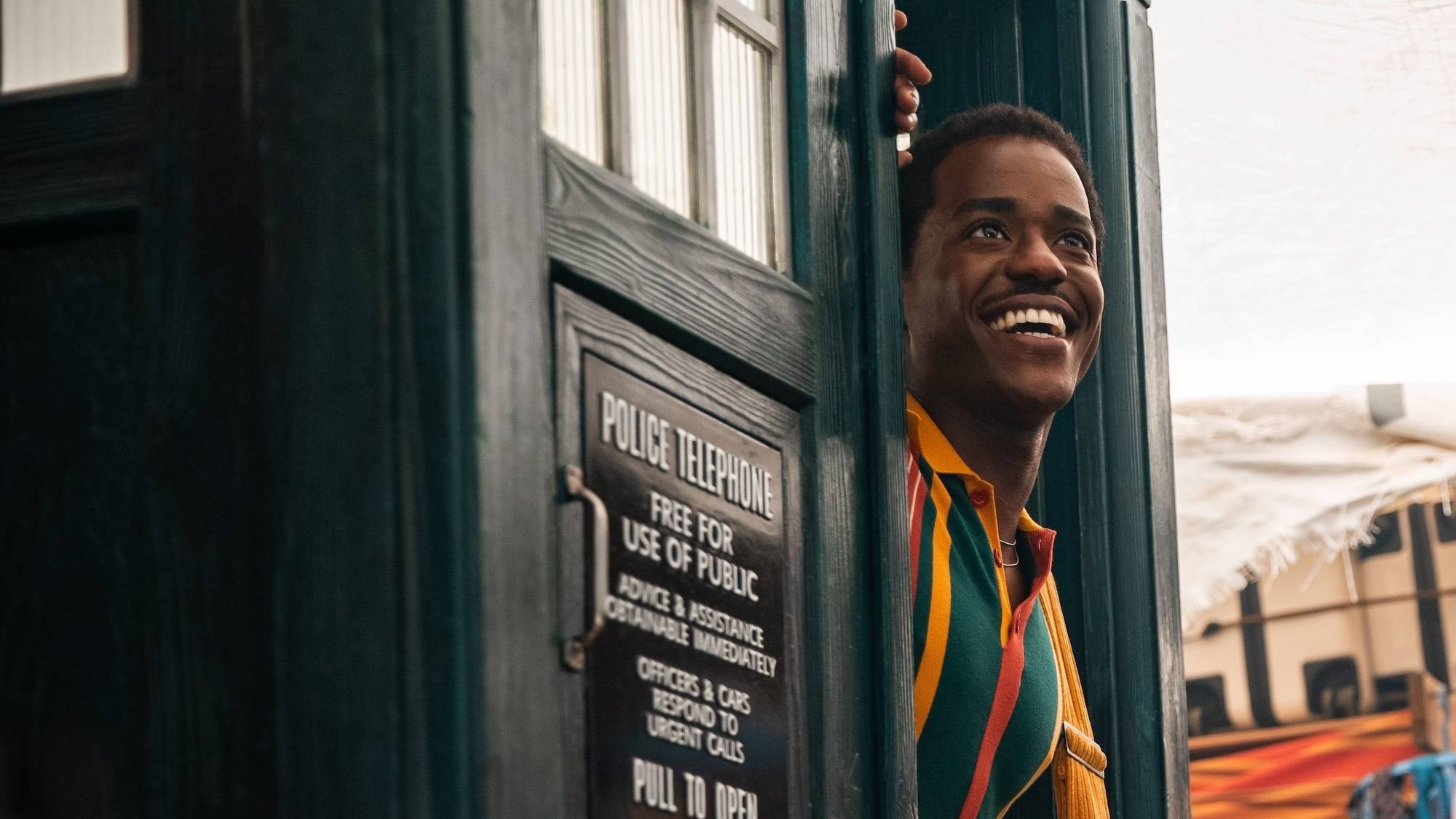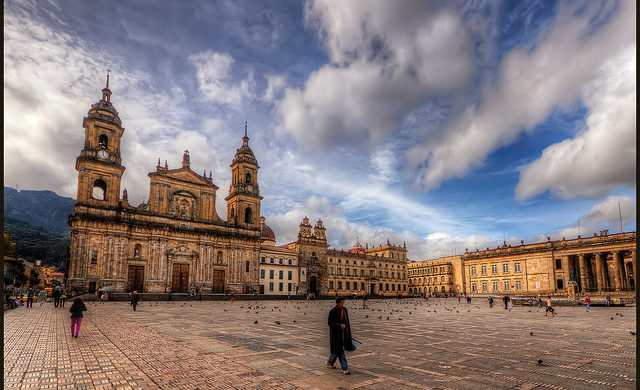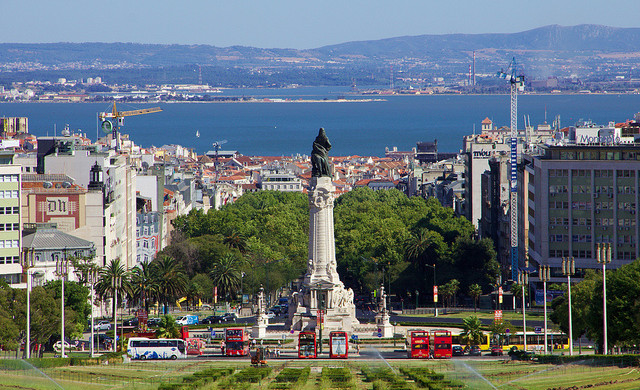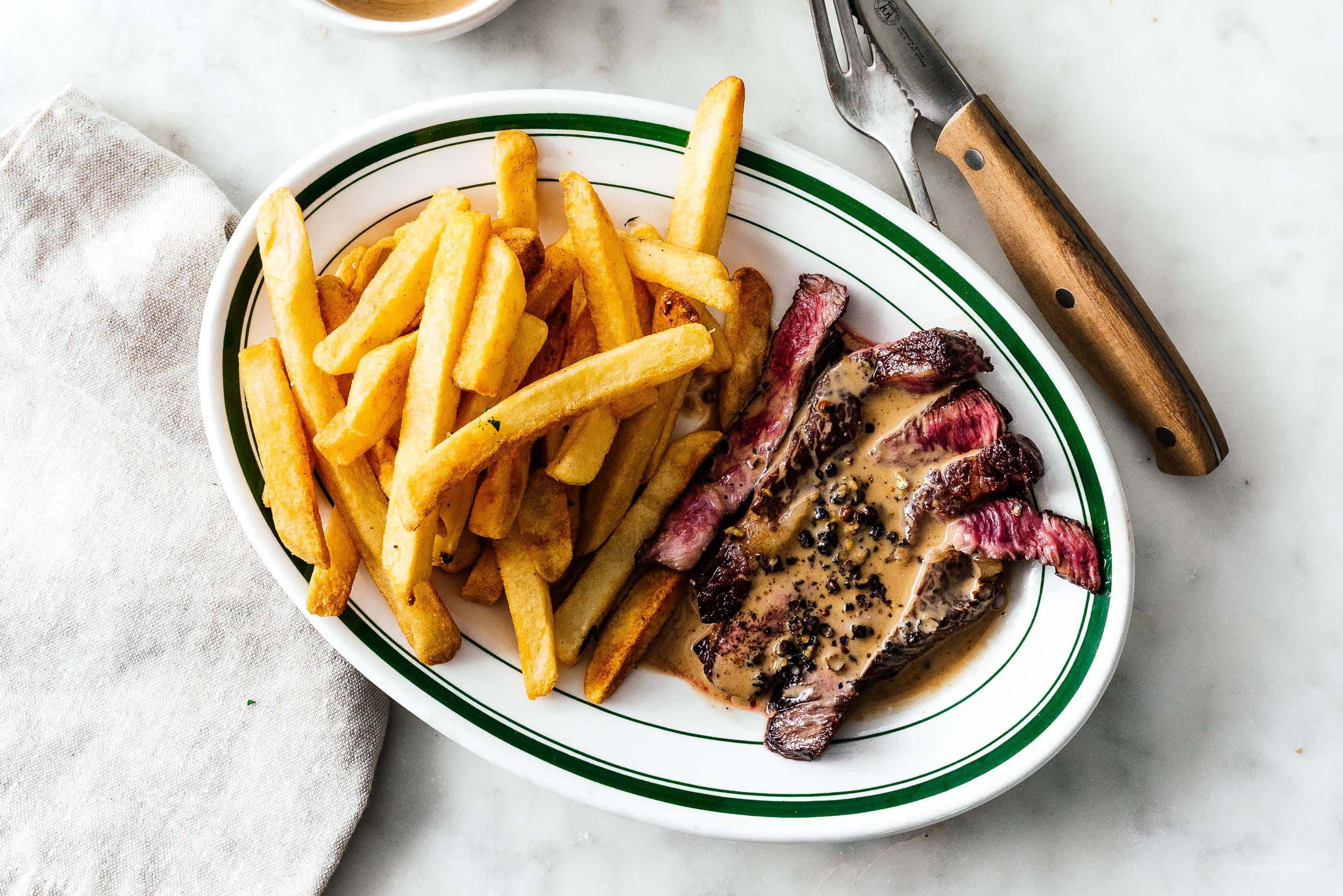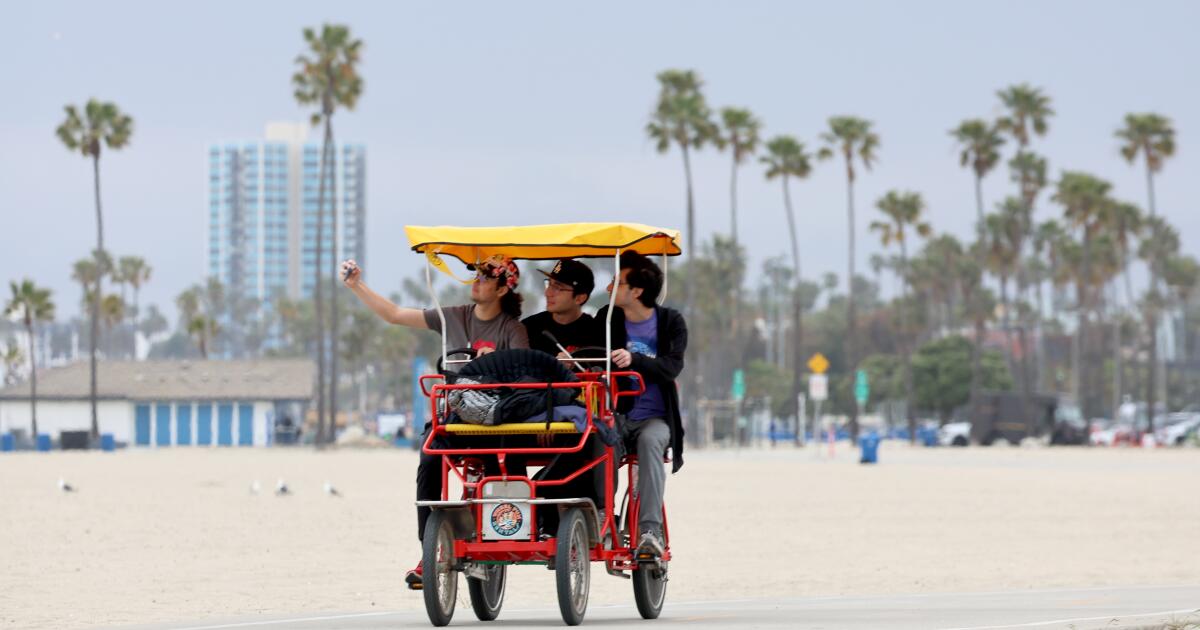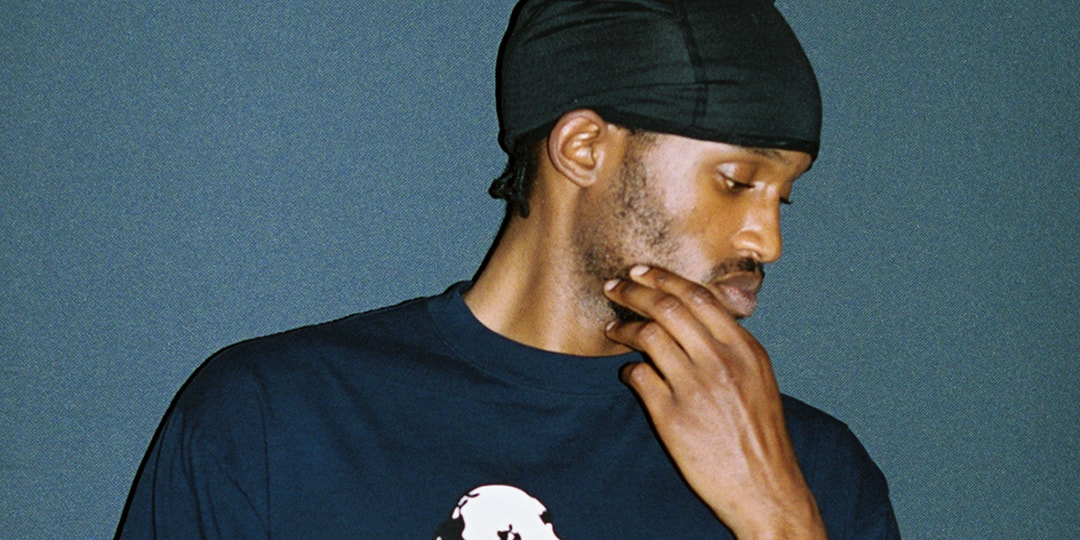The Indonesian Chainsaw Massacre: Revisiting ‘Macabre’ 16 Years Later
When they first set out to make 2009’s Macabre, the Mo Brothers — collectively Timo Tjahjanto and Kimo Stamboel — had one objective in mind: For it “to be the goriest Indonesian flick ever.” Suffice it to say, they achieved their goal and then some. This early collaboration between the two auteurs is an honest-to-goodness […] The post The Indonesian Chainsaw Massacre: Revisiting ‘Macabre’ 16 Years Later appeared first on Bloody Disgusting!.
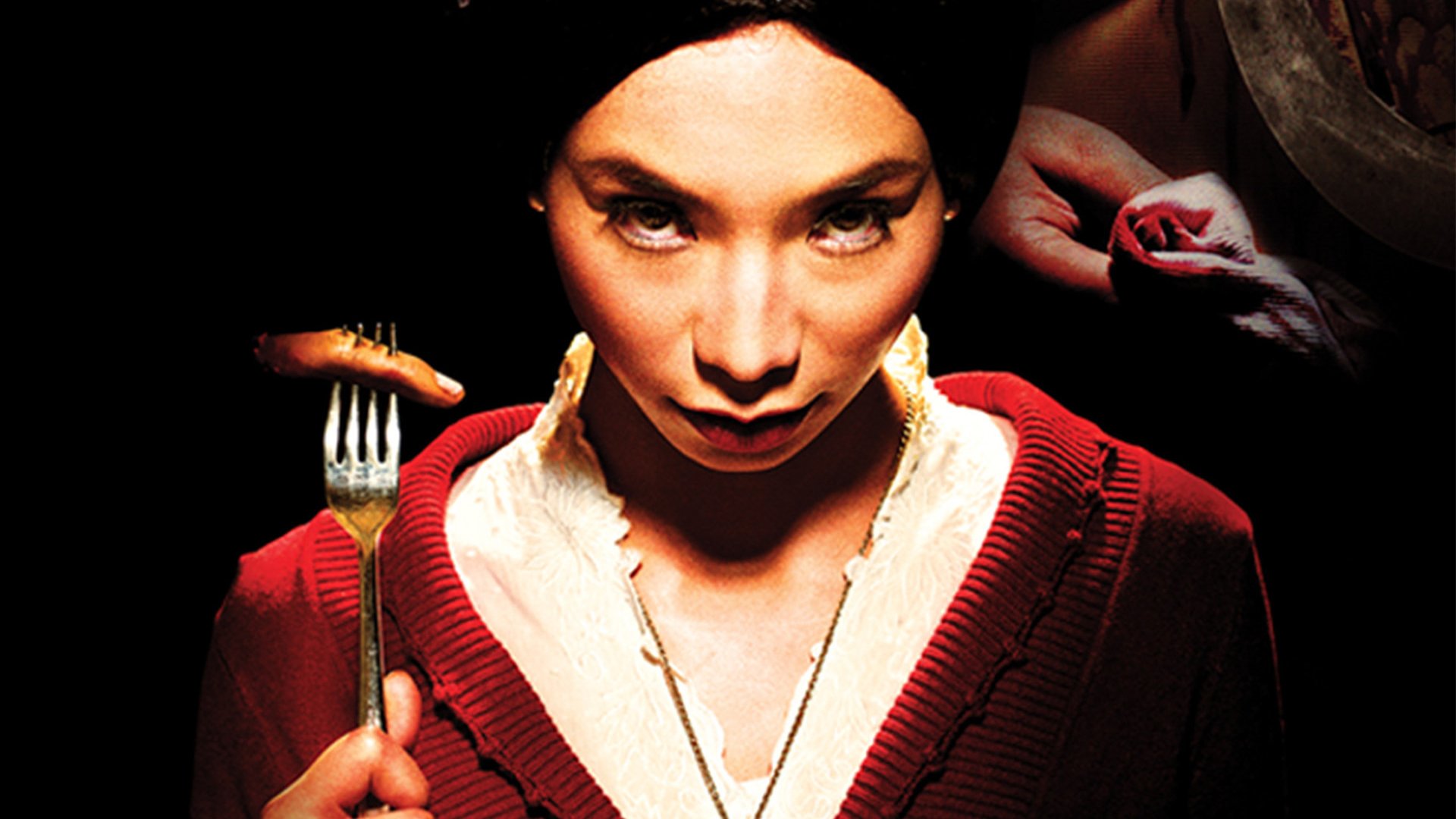
When they first set out to make 2009’s Macabre, the Mo Brothers — collectively Timo Tjahjanto and Kimo Stamboel — had one objective in mind: For it “to be the goriest Indonesian flick ever.” Suffice it to say, they achieved their goal and then some. This early collaboration between the two auteurs is an honest-to-goodness splatter pic that other filmmakers could only dream of being their debut.
While a lot of title changes for international horrors can be unnecessary or plain confusing, rechristening Rumah Dara as Macabre was smart. The new name better conveys that sense of utter gruesomeness and shouldn’t be taken too lightly. For those entering this film after first getting acquainted with the directors’ subsequent works will be much better prepared, whereas the completely uninitiated are in for a sanguinary surprise.
Macabre is a recommendable gateway entry for newcomers to contemporary Indonesian Horror; a low degree of cultural specificity makes it more accessible than those other films featuring unique regional elements. Its setup is also as universal as they come. Once past the simple outset, the story feels familiar and almost homey. A decent knowledge of the horror genre, in particular slashers, makes the coming events foreseeable, but even so, a novel plot is neither this film’s biggest draw nor its greatest accomplishment.

Image: Shareefa Daanish as Dara.
Despite it being based on the directors’ 2007 short film Dara, Macabre isn’t a mere rehash. The short’s actors did return for the longer feature, some now cast in different roles, but on the whole, the Mo Brothers reimagined the story without losing the original hook: cannibalism. As opposed to Shareefa Daanish’s character, the titular Dara, being the restaurateur who nefariously supplies her own meat, this version of the raven-haired and deceptively youthful murderess sticks to butchery and leaves the business aspect to others. There are also additional villains now; joining Dara and her assistant (Ruli Lubis) are Maya (Imelda Therinne) and Adam (Arifin Putra).
It’s clear that Tjahjanto and Stamboel are horror fans themselves, given how their own film has the fingerprints of 1974’s The Texas Chain Saw Massacre all over it. In their defense, though, Macabre kneels before Tobe Hooper’s beloved classic while still keeping itself quite fresh and distinctive. For starters, the hitchhiker’s threat is a touch more concealed here, in spite of the fact that both Therinne and Edwin Neal’s characters turn out to be relentlessly dangerous; Maya graduates from dishonest damsel to outright killer in due time. Then there is that key weapon of choice; Dara’s last resort is perfect for hacking up the most stubborn of her prey. And speaking of, one thing Macabre ‘fesses up to, as opposed to imply, is the purpose of all this human harvesting. Without a doubt, the likes of Ladya (Julie Estelle) and her friends and family are for consumption, be it by Dara and her kin, or the customers at a nearby restaurant. The Mo Brothers deliver a real chill when one of Dara’s latest quarries is paid no mind, by a visiting client, as she makes herself seen and cries out for help.
Another virtue of Macabre is an expanded gallery of villains. Ultimately, Dara is this gorefest’s MVP, however, she’s flanked by three formidable lackeys. The four are a family of sorts, whether that means blood-related or chosen, and their ghastly and precise teamwork keeps the film’s energy up and going. The pacing is so well maintained that there’s never any major downtime after the killers’ ruse is revealed. Admittedly, the Mo Brothers don’t provide us with any complex antagonists or dig too much into their origins, if at all, but they offset these shortcomings with some inspiring, not to mention grisly, stunt work. The genesis of their future action film leanings and aptitude for fascinating murderers, especially for Tjahjanto, is noticeable here.

Image: Shareefa Daanish’s Dara and Imelda Therinne’s Maya deal with the cops in the only way they see fit.
It would be remiss to not give Daanish more kudos than she already has for her singular performance as Dara. Prim and proper at a glance, and utterly unnerving and intimidating in full view, this malevolent matriarch is the film’s unequivocal show stealer. She draws the eye even when her actions are wince-inducing. And hot on her heels is Putra’s Adam, the loyal son who is exceedingly creepy as he is handsome in that Bruce Campbell sort-of way.
How something so virtually plotless can also be so captivating speaks to the Mo Brothers’ self-made style. They draw enough influence and ideas from specific horror greats, of course, but they do revitalize those conventions as their film draws closer and closer to its crimson climax. The enthusiastic execution goes a long way here whenever making peace with the more derivative parts.
Macabre might not come across as unique when viewed through a Western lens, however, it’s rather unusual in its homeland. At least it was back then. In hindsight, Indonesian genre cinema was on the cusp of a new and exciting era, and the Mo Brothers were instrumental in that sea change. It’s true that Macabre failed to gain the same attention at home as it did overseas and at film festivals, but the fans continue to endorse it to anyone who’s willing to listen and can track down a copy. Gorehounds will certainly have the gooiest smiles as the carnage here reaches ankle-deep levels.
Horrors Elsewhere is a recurring column that spotlights a variety of movies from all around the globe, particularly those not from the United States. Fears may not be universal, but one thing is for sure — a scream is understood, always and everywhere.

Image: Shareefa Daanish’s Dara and Julie Estelle’s Ladya duke it out.
The post The Indonesian Chainsaw Massacre: Revisiting ‘Macabre’ 16 Years Later appeared first on Bloody Disgusting!.

































